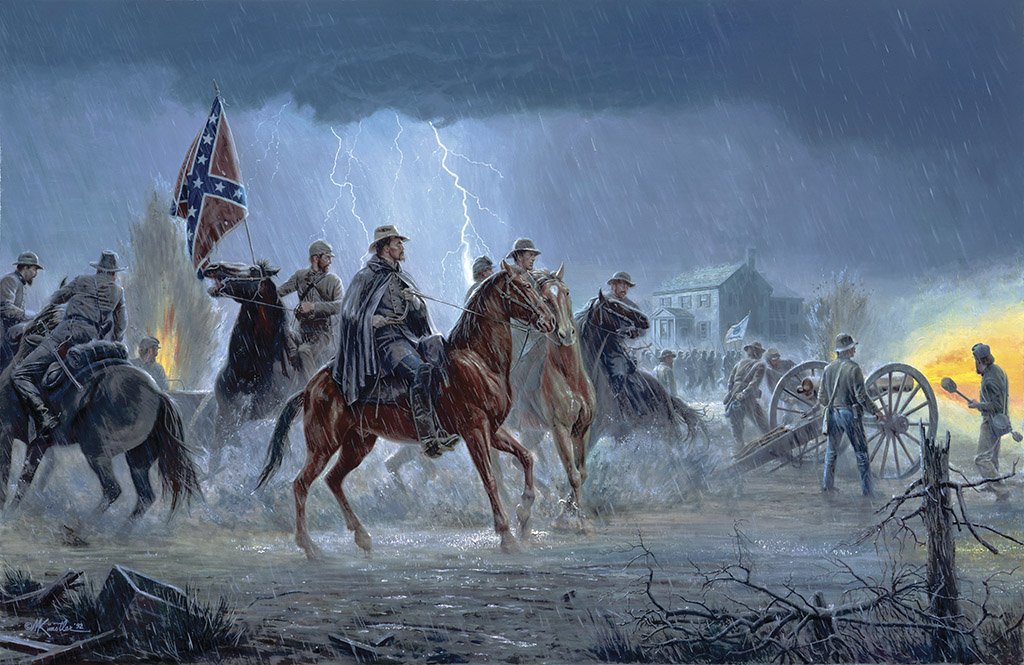
The 1864 Lynchburg Campaign
With Ulysses S. Grant’s promotion to general in chief of all Union armies in March 1864, he lost no time in organizing a huge offensive across the entire front of the embattled states. In Virginia’s Shenandoah Valley and the new state of West Virginia, Union forces were ordered to disrupt railroad and transportation networks and destroy Confederate forces and the economic and agricultural resources that supported them.
In May, a Federal army under Gen. George Crook advanced south through West Virginia with orders to cut railroad links from Virginia to the west. Union Gen. Franz Sigel was to move south through the Shenandoah Valley and meet Crook in Staunton. This would also prevent any Confederate movement out of the Shenandoah Valley to assault Grant’s flank as it advanced south toward Richmond. On May 15, while Grant and Lee were locked in desperate combat at Spotsylvania Courthouse, Sigel made contact with a Confederate force under former vice president of the United States John C. Breckinridge at New Market, who had been reinforced by cadets from the Virginia Military Institute. Sigel was defeated and retreated rapidly beyond Strasburg, crossing Cedar Creek by dusk on May 16. Grant replaced Sigel with Gen. David “Black Dave” Hunter, who was given the task of cutting the Virginia Central Railroad.
In the meantime, Breckinridge’s division had been called east to reinforce the Army of Northern Virginia at Hanover Junction, and Gen. William E. “Grumble” Jones assumed command of the remaining Confederate forces in the Valley. On June 5, Hunter crushed the smaller Confederate army in the rolling landscape at Piedmont, killing Jones and taking nearly 1,000 prisoners. The disorganized Confederates could do nothing to delay Hunter’s advance to Staunton, where he was joined by reinforcements marching from West Virginia.
From Staunton, Hunter continued south, sporadically destroying mills, barns, and public buildings, and condoning widespread looting by his troops. On June 11, Hunter swept aside a small cavalry force and occupied Lexington, where he burned the Virginia Military Institute and the home of former Virginia Governor John Letcher. Hunter’s successes forced Lee to return Breckinridge and to send the Second Corps of the Army of Northern Virginia under Gen. Jubal A. Early to the defense of Lynchburg. Sending Early to the Valley was a desperate decision that restricted Lee’s ability to undertake offensive operations against Grant on the Richmond-Petersburg front.
On the afternoon of June 17, Hunter’s army reached the outskirts of Lynchburg, even as Early’s vanguard began to arrive by rail from Charlottesville. Early defeated Hunter at Lynchburg (June 17-18), on the east side of the Blue Ridge, and the Union army retreated into the mountains of West Virginia, leaving the Valley—and its pathway north—in Early’s hands.

